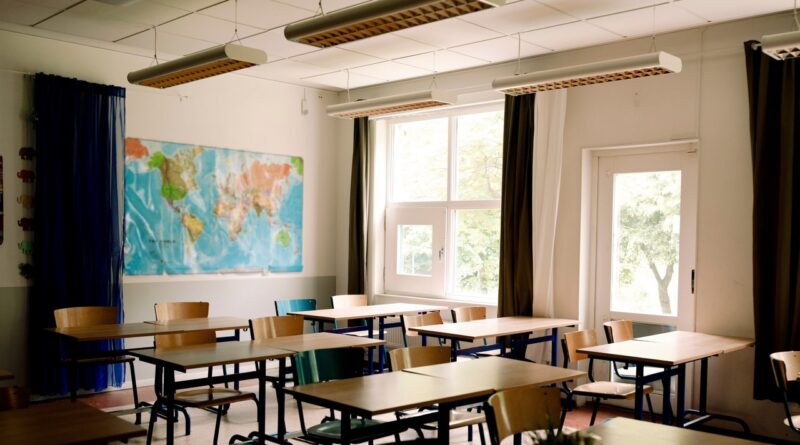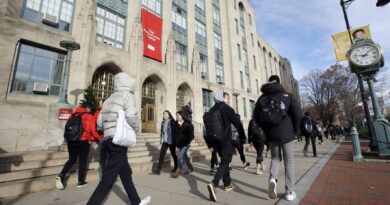Hot Classrooms: Students Struggle to Learn Amid Heat Waves, Lack of AC
Molly Mus, a physics and biology teacher at a Boston public school, says she has been dealing with boiling temperatures in her classroom the last few years — and not just because of her students’ science experiments. Mus’s school building has no ventilation. So her classroom, which has no central air or ceiling fan, has felt scorching due to recent unprecedented heat waves in the area. The district is asking teachers to keep their windows open to mitigate the spread of COVID, but when Mus put a box fan in her classroom window, she says it simply blew hot air around the room.
“Honestly, some students simply do not come to class at all once it starts getting unbearable in the school building,” Mus told Teen Vogue. “Attendance drops dramatically once our building gets hot, and being on the top floor with no air-conditioning is not enticing to anyone wanting to learn science.”
Like Mus, many students and teachers across the United States have had their classroom experience interrupted by increasingly intense heat waves. The ongoing climate crisis has raised temperatures across the globe, and environmental experts predict it’s only going to get hotter. According to 2021 data from the Environmental Protection Agency (EPA), 9 of the top 10 warmest years on record in the contiguous 48 states have occurred since 1998, and the number of heat waves, defined as multiday extreme heat events, has increased in frequency and duration in the U.S. since the 2000s.
This extreme heat has had a detrimental impact on students’ ability to learn. In the last year alone, schools in Baltimore, Philadelphia, Detroit, and other cities have sent students home from school early in recognition that teaching and learning in such intense heat is virtually impossible. Notably, many of these schools closed due to heat waves in May, before summer was even in full swing — another indicator that we’re experiencing unbearably hot temperatures for longer stretches of the year than we used to.
While heat waves are affecting many parts of the country, experts say that school buildings in northern states are among the least prepared. According to Joseph Allen, an associate professor and director of the healthy buildings programs at Harvard School of Public Health, this is because schools up north, where it’s historically been cooler, were originally designed to retain heat and often don’t have AC units built in.
“For traditionally cold climates, like in the Northeast, it makes sense to design buildings that retain heat,” Allen said. “But with the changing climate, we’re seeing heat waves starting earlier in the year and lasting longer — they’re impacting schools in May, June, and September. And because a lot of these buildings don’t have AC, it can create what I call ‘indoor heat waves:’ Even when the heat dissipates outdoors, the temperature in the classroom can still be very high because the buildings start to release all that absorbed heat and energy.”





